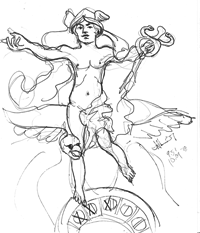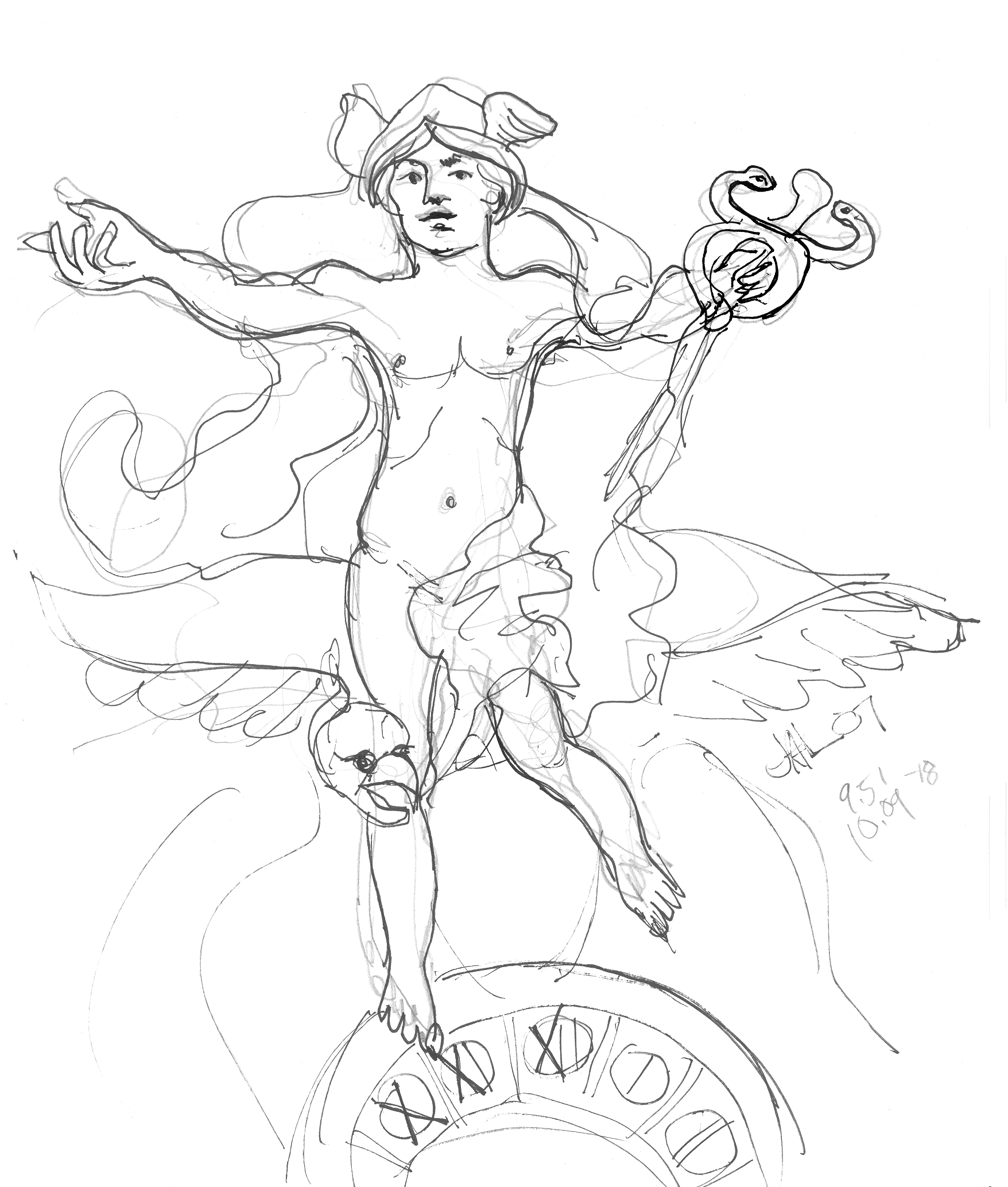November 19, 2007

With that said, _trains_ have been showing up repeatingly in my life. First it was the locomotive we chanced upon when taking a park stroll. (Also, the train bridge near that park.) Then it was learning the reason why Julia and I are sitting in this location, Yuma, as part of the United States. Because they wanted a southern transcontinental railroad, one that didn't go through mountainous territory, the Gadsden purchase was made.
Then last night, trains featured in the documentary Julia and I watched, "Into the Arms of Strangers: Stories of the Kindertransport". As it explains on the DVD cover, "Just prior to World War II, an extraordinary rescue operation aided the youngest victims of Nazi terror. Ten-thousand Jewish and other children were transported from German-held lands to foster homes and hostels in Great Britain..." A variety of experiences awaited them, and some even were able to free their parents. At the very least, they were safe from the terrible things occurring in the Holocaust.
And how did they arrive in Britain? Trains carried the scared little children to safety.
Tonight, we watched a National Geographic program, "Inside Grand Central", the largest train station in the world, encompassing forty eight acres and underneath, fifty six miles of tunnels. In the sixties and seventies, its use had dwindled, but now it is very busy, serving "about 125,000 a day" (according to Wikipedia), mostly commuting to and from work.
Both Julia and I feel it, in time the railroads will grow even more useful, particularily as gasoline grows rarer and more expensive.
The architecture of the New York train station is particularily fascinating, and to think the 'developers' almost destroyed it to place some modern monstrosity there. I was impressed with the classical statuary above the big clock, and found a good picture of it at Wikipedia. The central figure is Mercury/Hermes. I like his direct gaze. He seems to be ready to hand you his scepter, and say, "Rise up, humans, elevate yourselves, and ascend to the heroic..."
